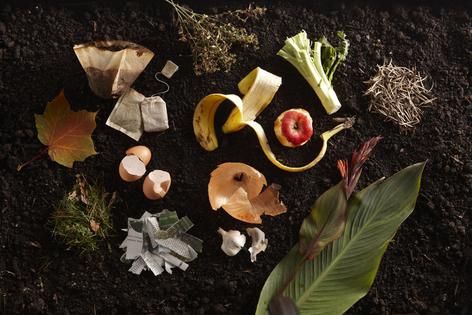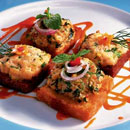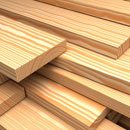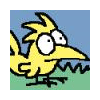10 everyday items you didn’t know you could compost
Home gardeners don’t need to limit their compost piles to grass clippings, vegetable peels, eggshells, and other kitchen scraps. Most organic materials can be composted in an indoor or outdoor compost bin as long as those composting ingredients are kept moist, aerated, and given enough time to break down.
1. Bulky garden and kitchen waste
Cornstalks, pumpkin vines, and other bulky plant debris left over from the gardening season can be tossed into compost piles as long as they are free of disease, pests, and weed seeds. Watermelon rinds, corn cobs, and pineapple tops often end up in the trash, but even these tough items are compostable.
2. Natural decor
If you decorate for the holidays with jack-o-lanterns, hay bales, wreaths, and garlands made of natural materials, you can compost those items, too. Christmas trees can also be composted, although they’ll break down faster if you shred them or cut them into smaller pieces first.
3. Fruit pits and nut shells
Prunings from fruit trees are often composted, but don’t throw out those nut shells, cherry and peach pits, and avocado seeds after eating them. When given enough time in the compost pile, these items will all turn into compost.
Beware of adding materials from black walnut trees to a composter. Nuts, wood, and leaves from these trees may still release the toxic chemical juglone after you compost them.
4. Hair, fur, feathers, and nail clippings
Place hair, fur, nail clippings, and undyed feathers in the compost bin. After all, these items are all composed of keratin, a biodegradable protein.
5. Dryer lint
Compost dryer lint only if it’s produced from 100% natural fabrics, like cotton and hemp. Lint generated from polyester and other synthetic fibers should be thrown in the trash because it’s not biodegradable.
6. Cardboard
Cardboard can be turned into compost as long as the cardboard isn’t glossy or covered in colored inks. Pizza boxes, cereal boxes, paper towel tubes, and cardboard egg cartons all fall into this category.
7. Coffee grounds and tea bags
Many gardeners overlook coffee grounds and loose-leaf tea, but these natural items make excellent compost. You can even compost tea bags, strings and all, as long as the bags are made of paper or muslin and don’t contain staples or microplastics.
8. Wine corks
If you have wine corks made of natural cork, you can add them to your compost pile as carbon-rich ingredients. For faster composting, cut corks into small pieces and mix them with kitchen scraps and other green or nitrogen-rich composting materials.
9. Wooden skewers and toothpicks
Sawdust and wood shavings are commonly added to compost piles as carbon-rich ingredients, but you can also find other wood items around your home that make excellent compost. Bamboo skewers, for example, can be used as “brown” ingredients in compost piles, but you can also compost wooden popsicle sticks, wooden toothpicks, and compostable wooden cutlery.
10. Cotton balls and cotton swabs
Cotton swabs and cotton balls are compostable as long as they’re made of 100% cotton and don’t contain plastic or synthetic sticks. For food safety, avoid composting cotton items that have come in direct contact with chemicals you don’t want in your food garden, such as nail polish remover.
(Better Homes and Gardens is a magazine and website devoted to ideas and improvement projects for your home and garden, plus recipes and entertaining ideas. Online at www.bhg.com.)
©2025 Dotdash Meredith. All rights reserved. Used with permission. Distributed by Tribune Content Agency, LLC.






























Comments